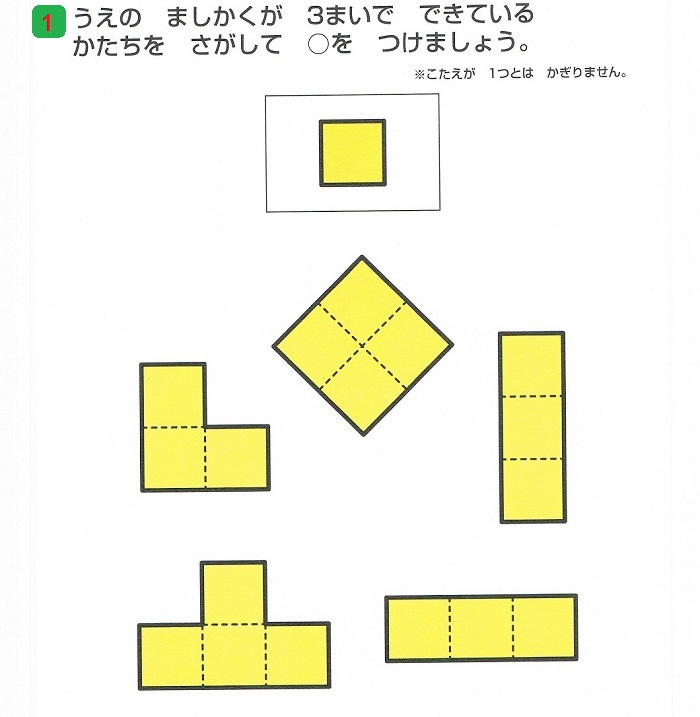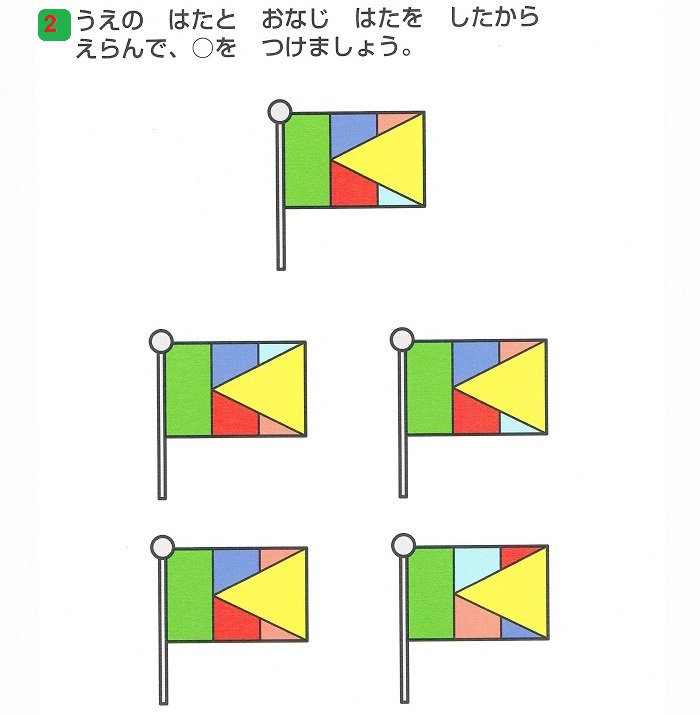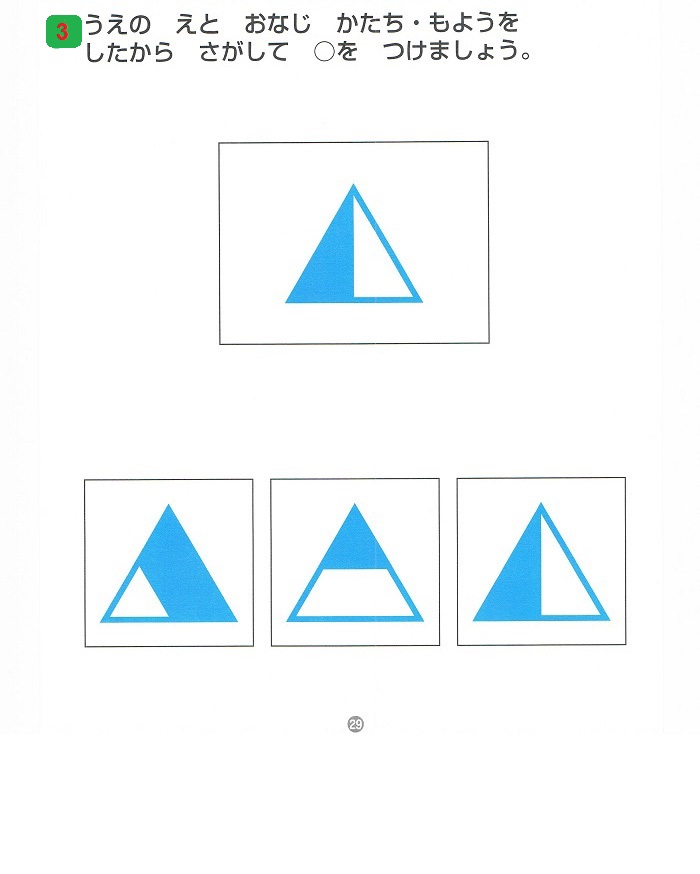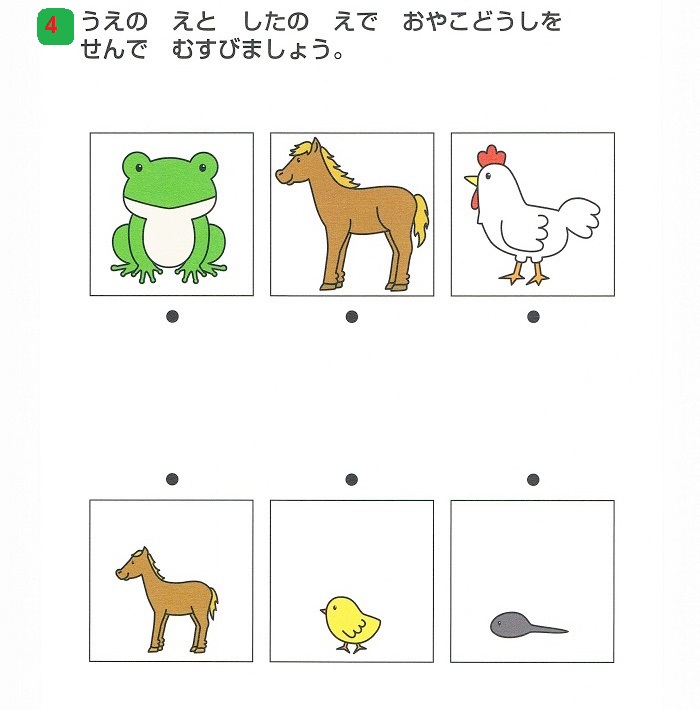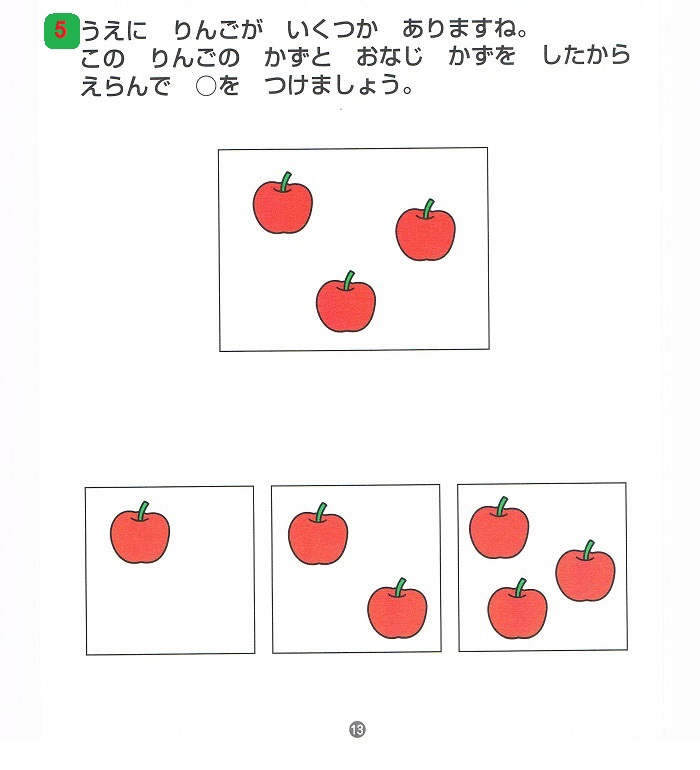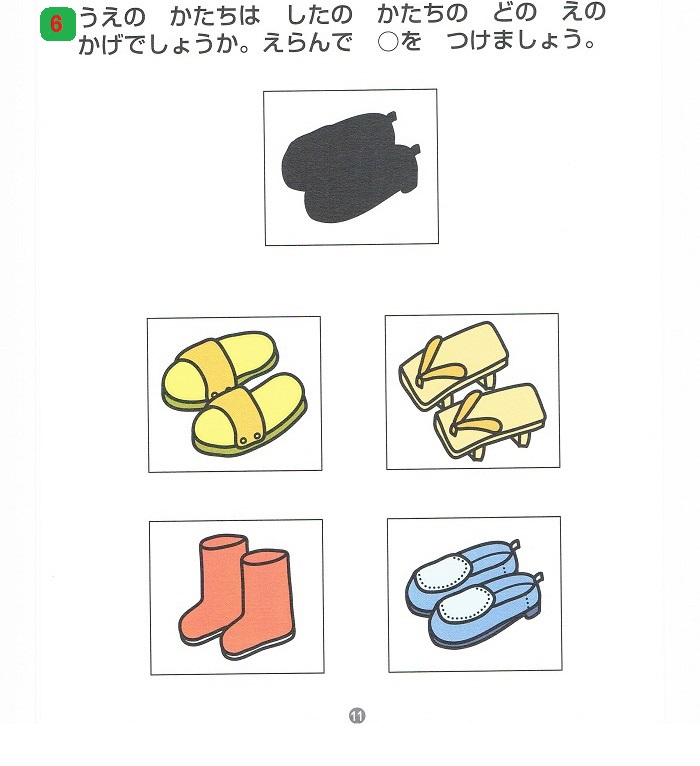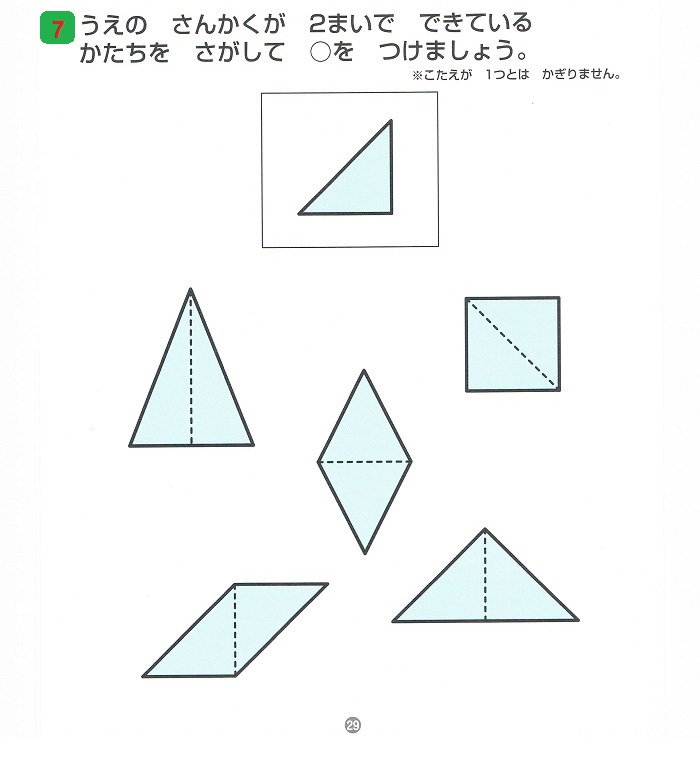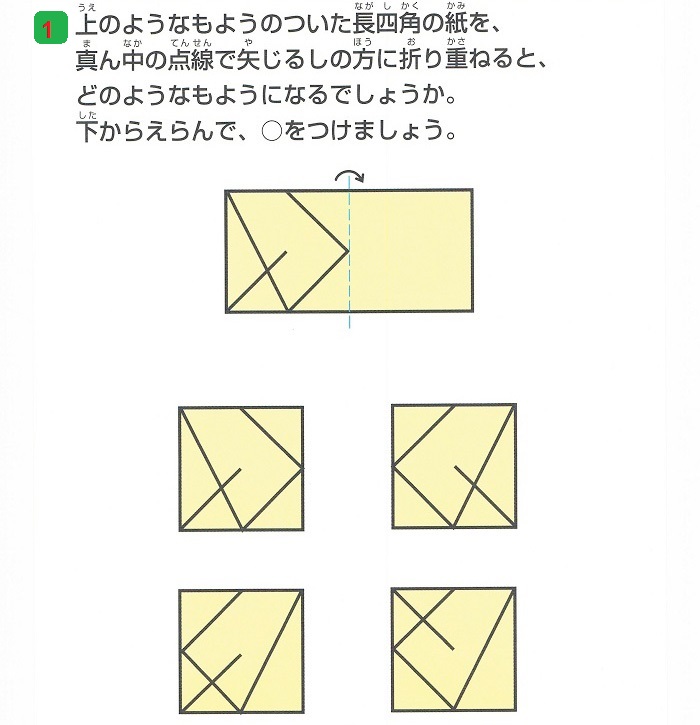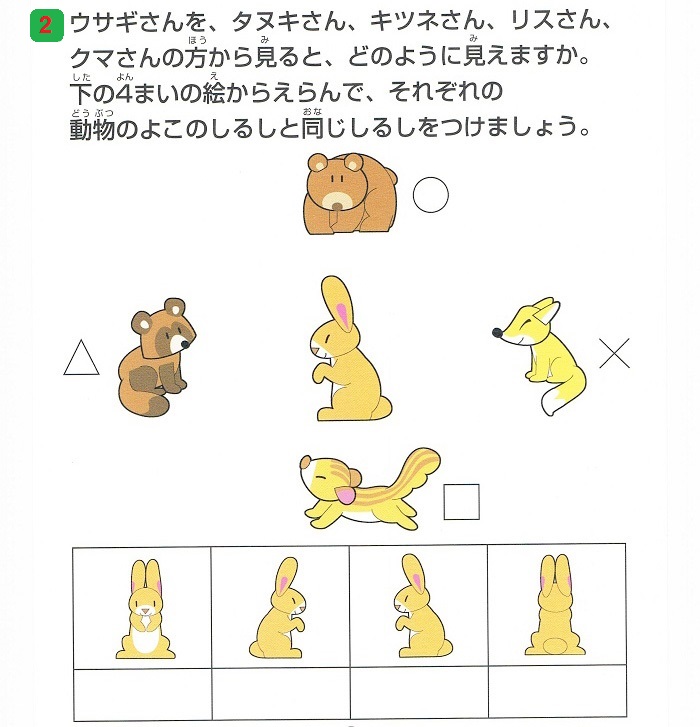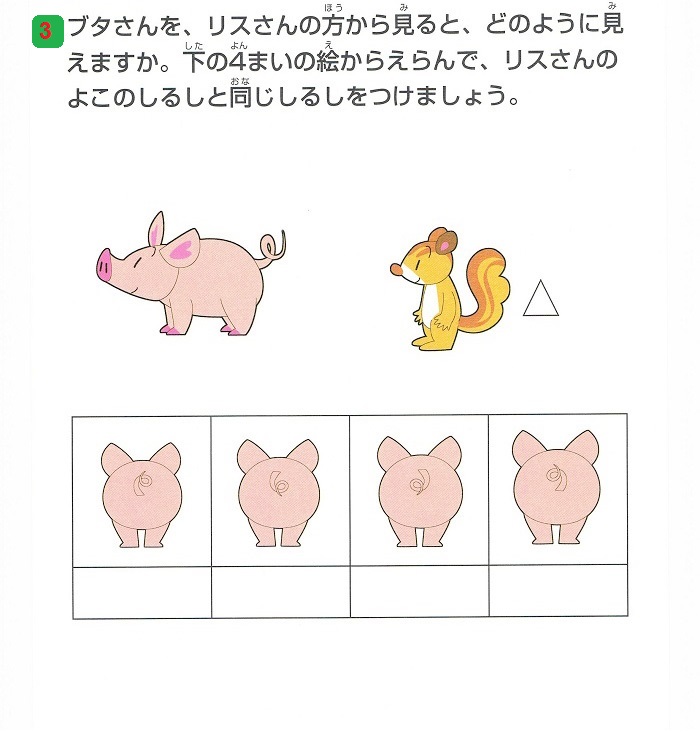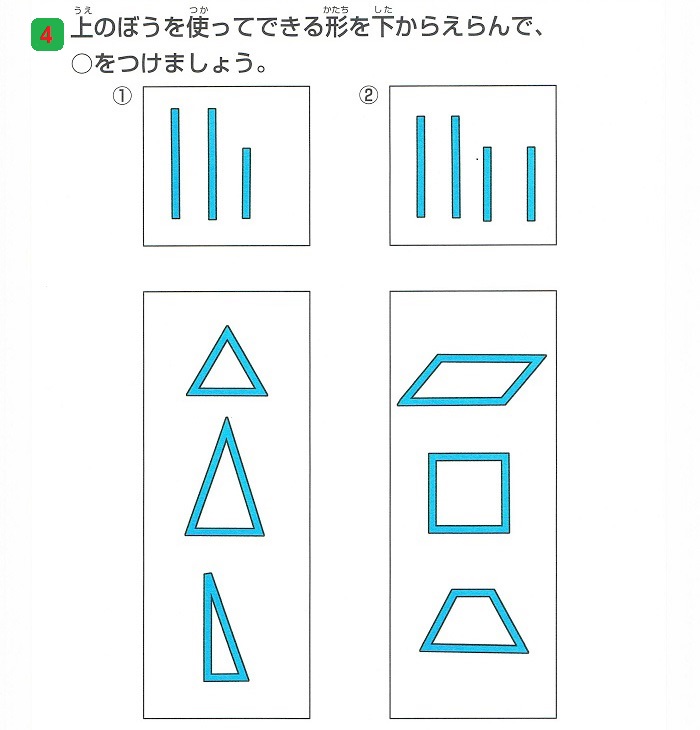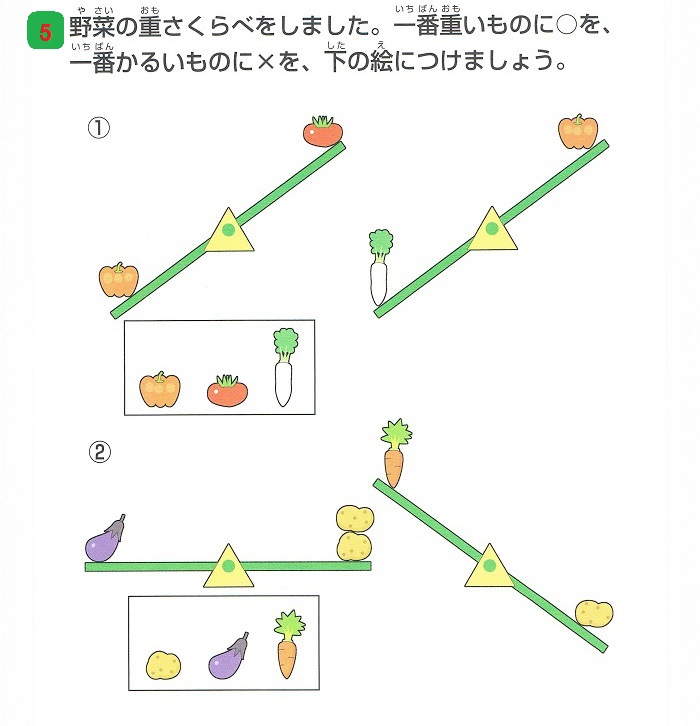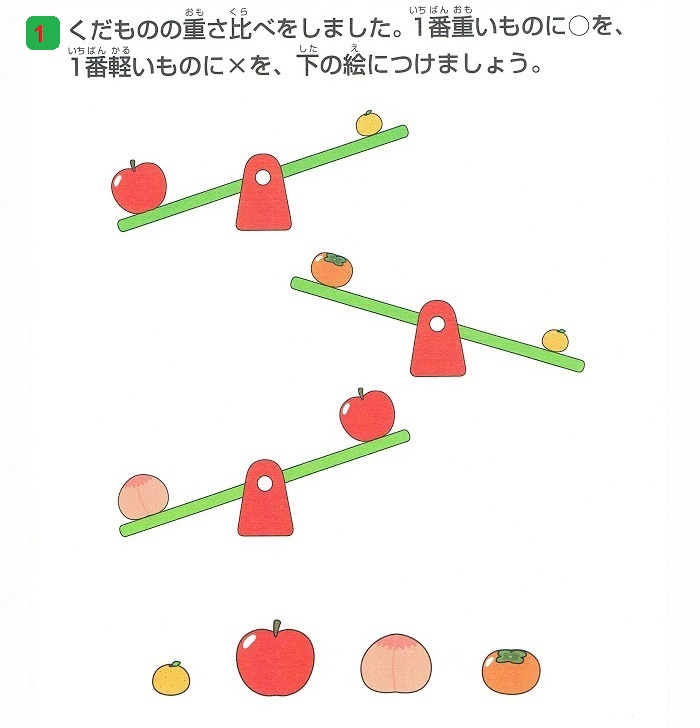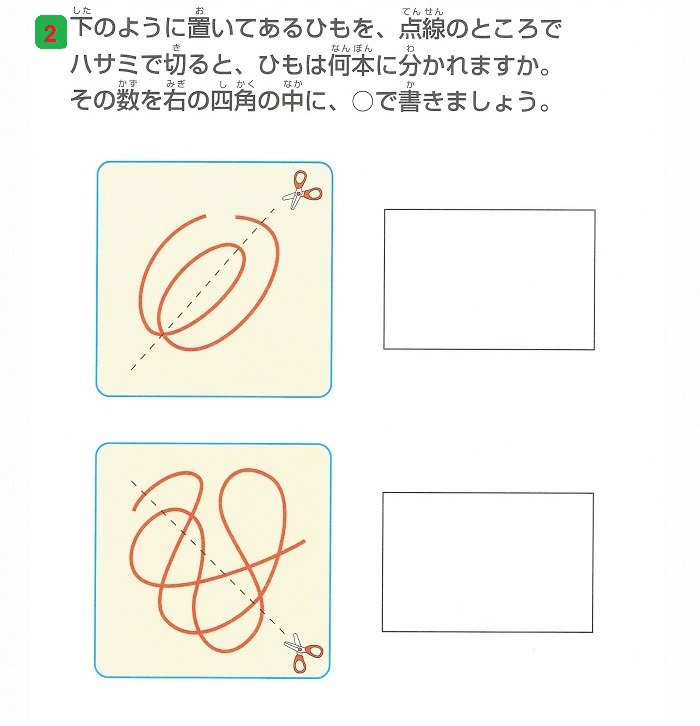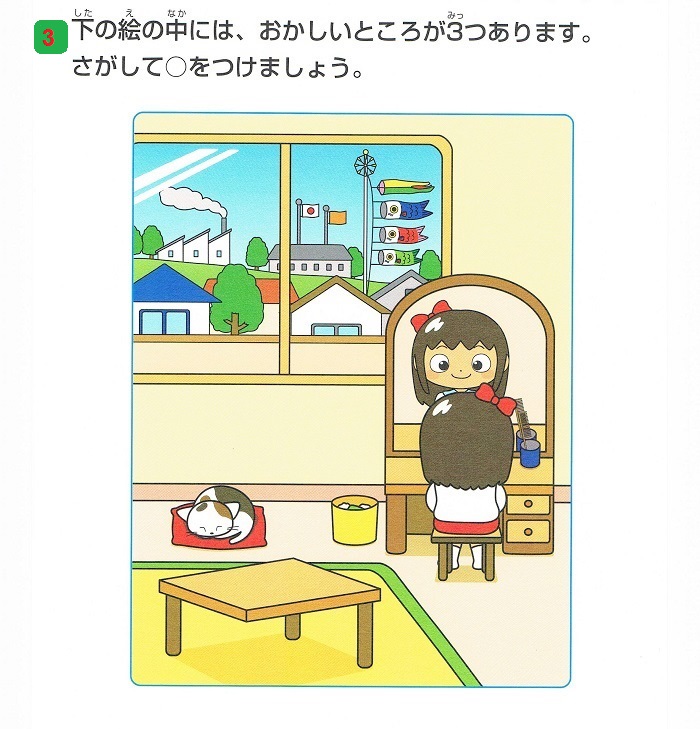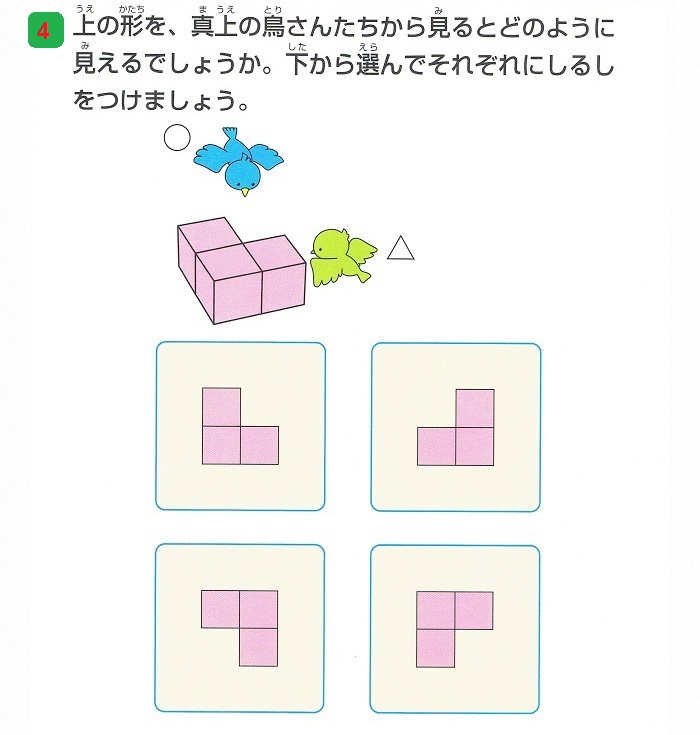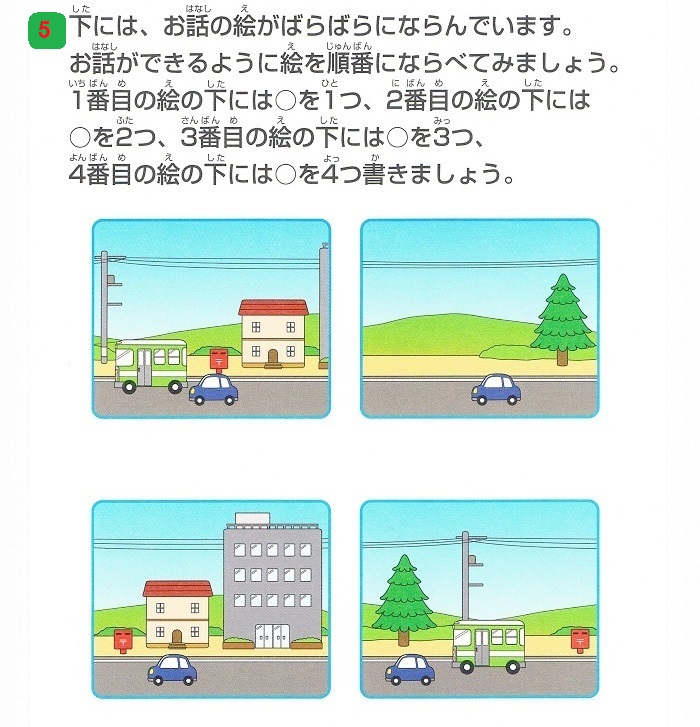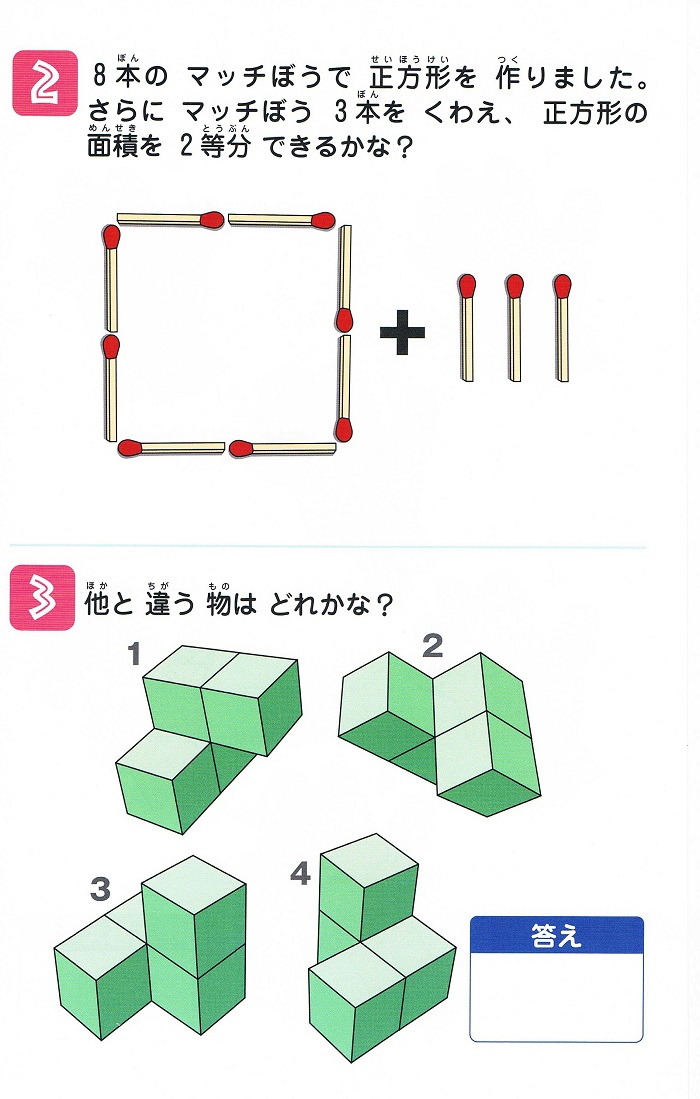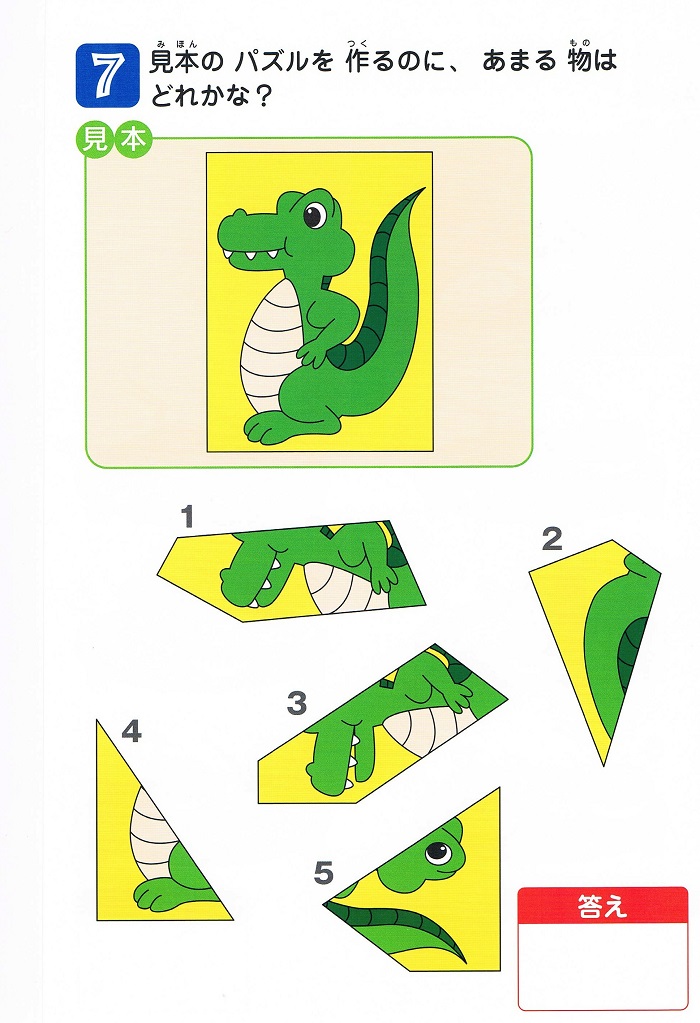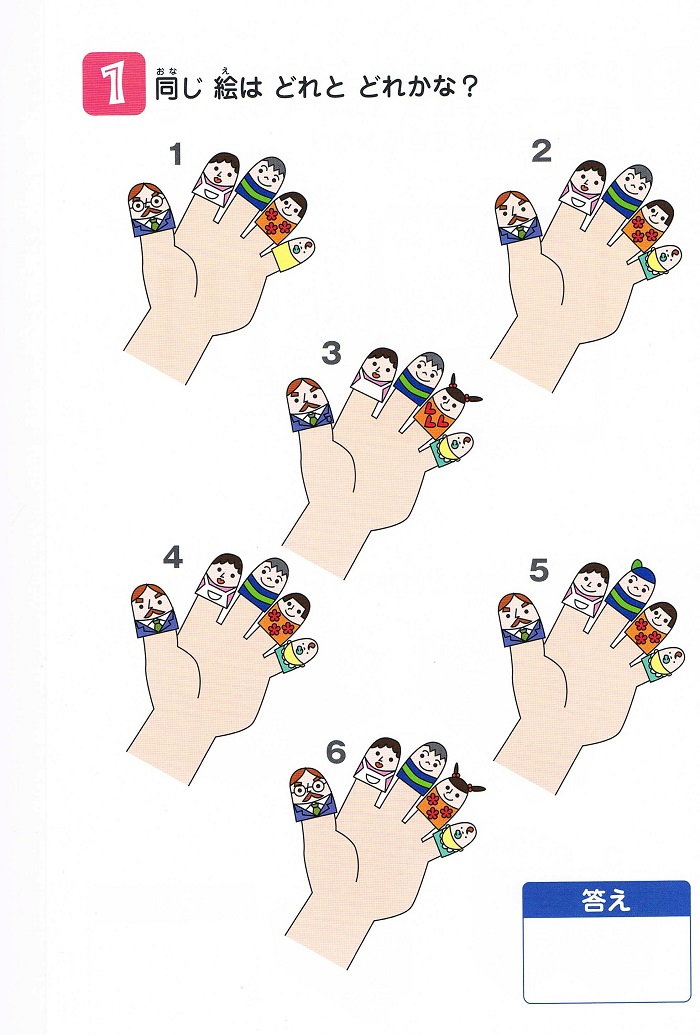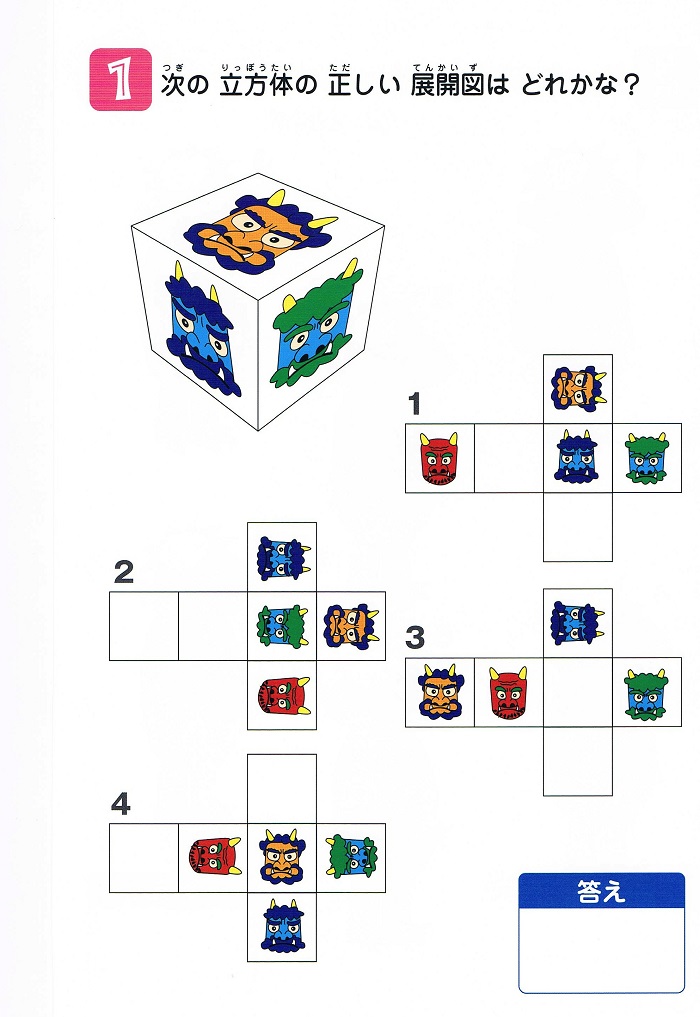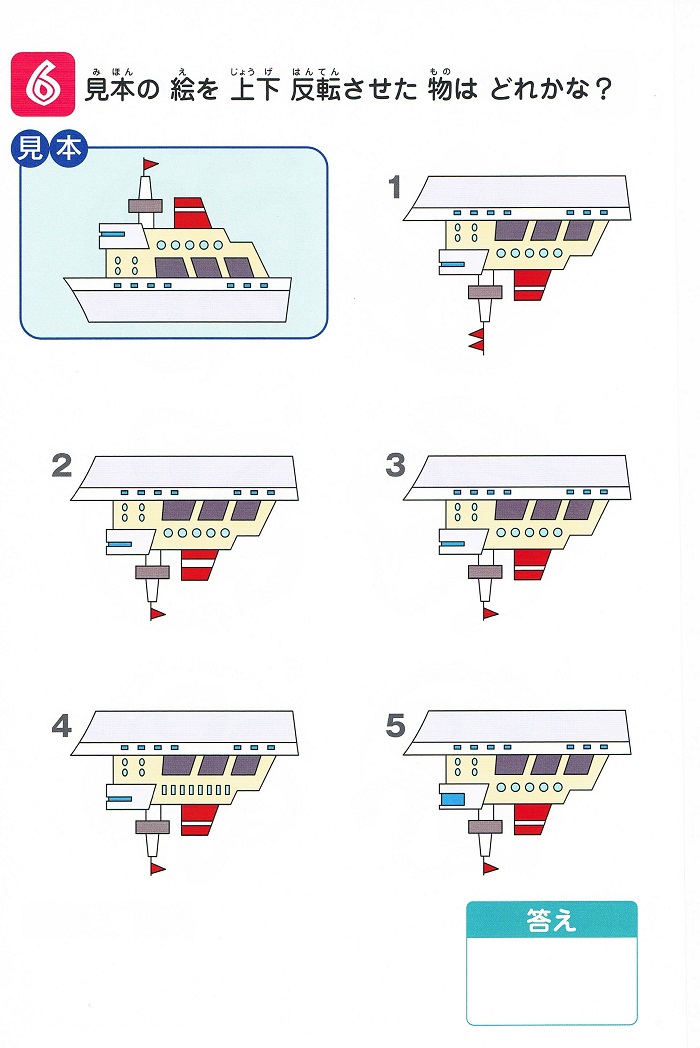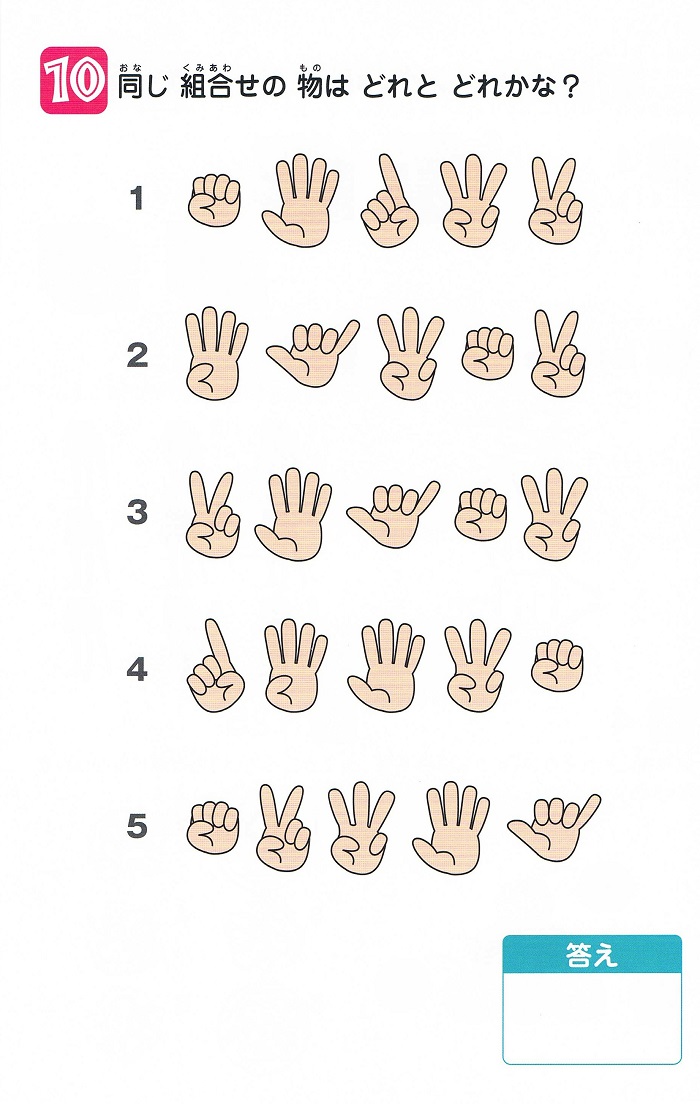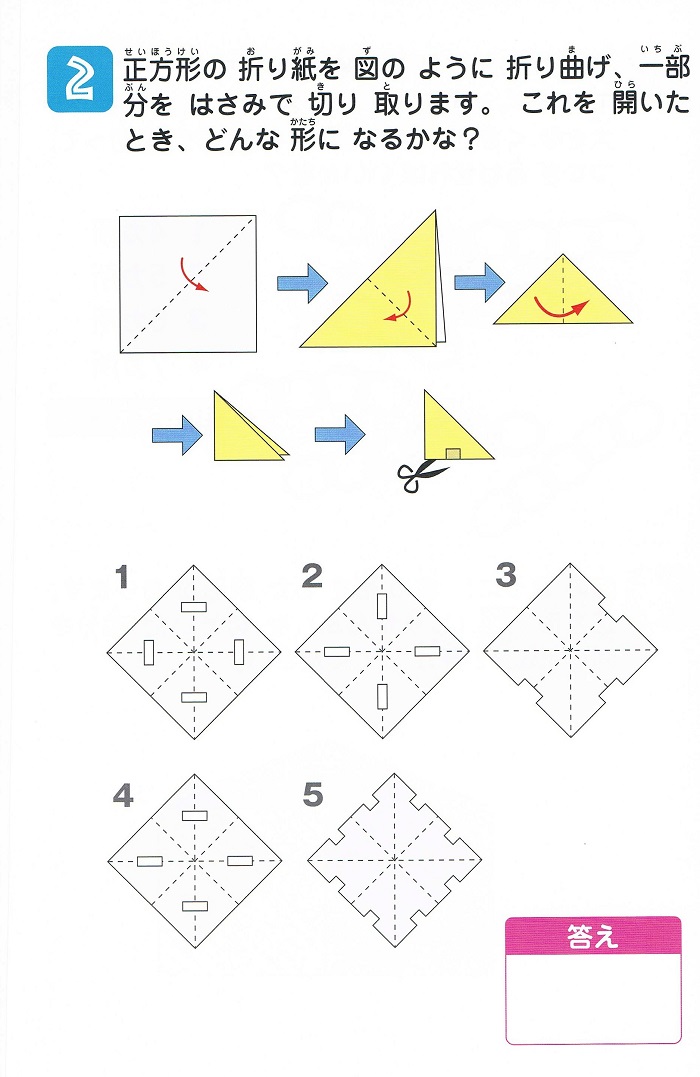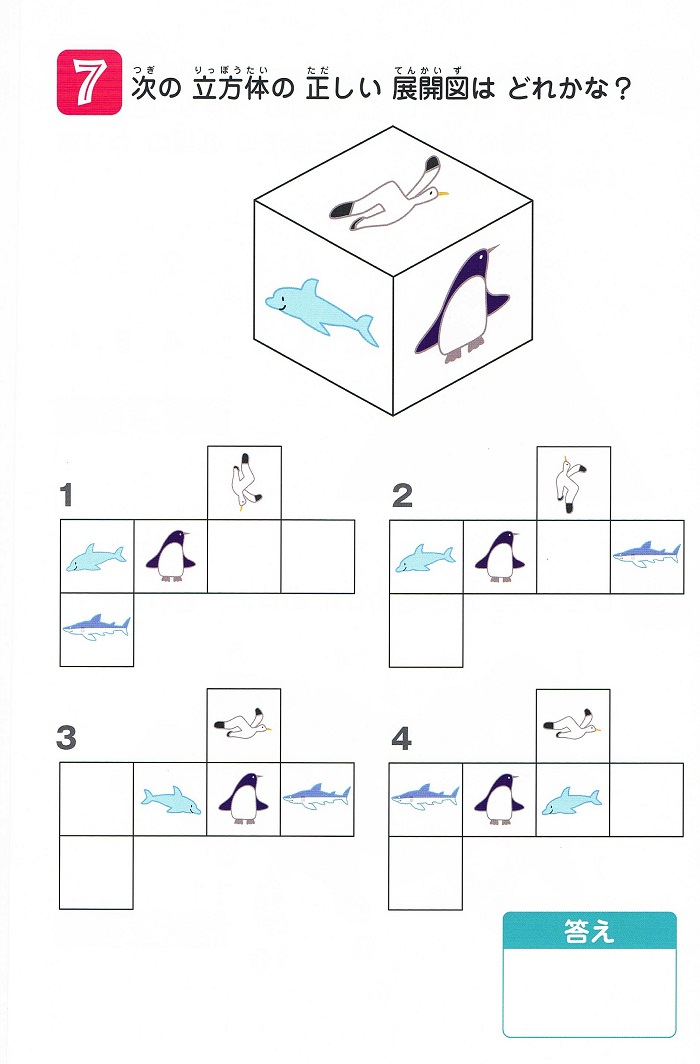How ready is your child?
- Home
- How ready is your child?
Every child is unique and each of them learns differently. What type of learner is your child? How ready is your child?
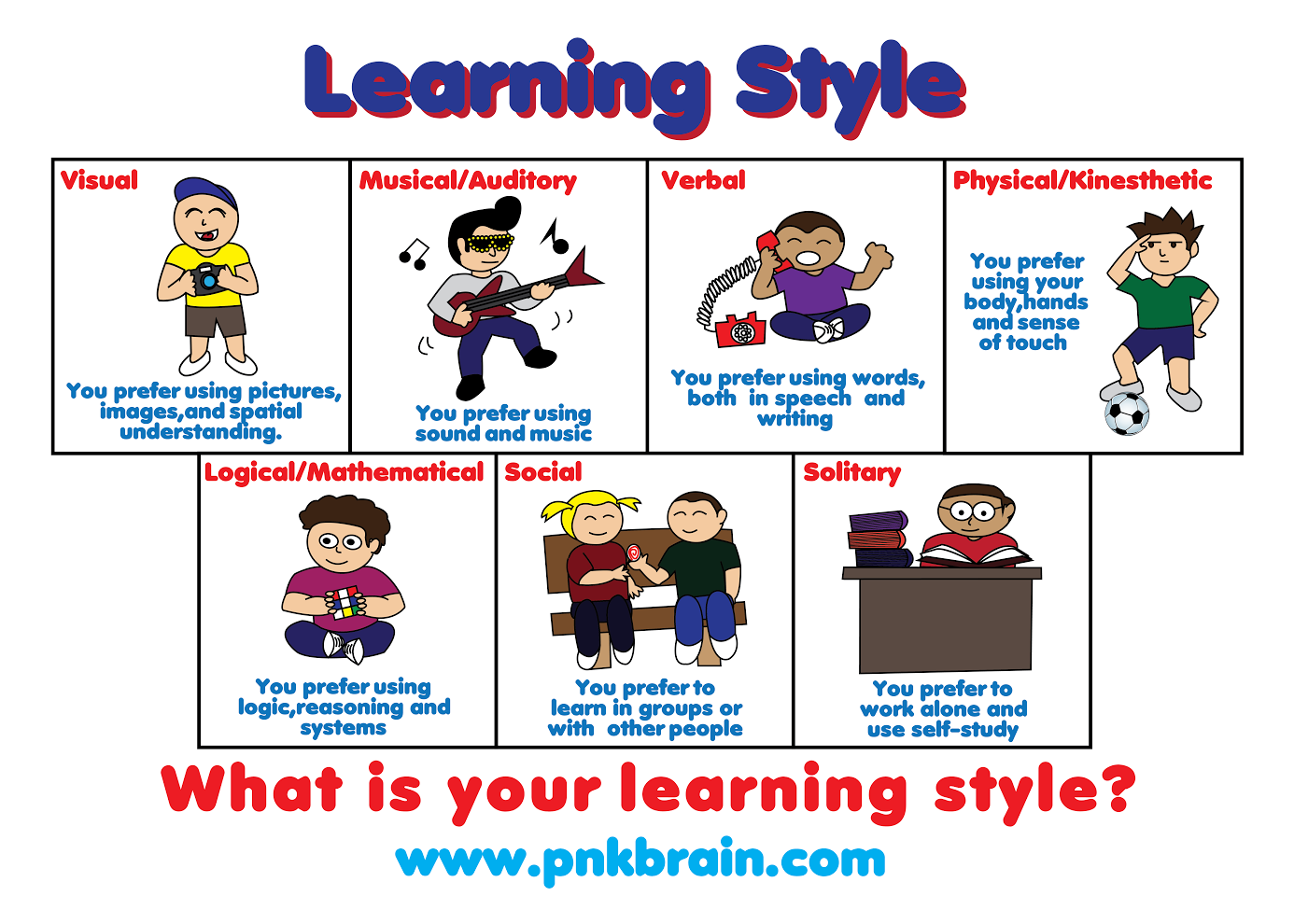
Case 1
Case 2
Case 3
Ken is 4 years old. He was able to solve a 40-piece puzzle at the age of 2+. He
is especially good at following lego manuals and recognizing shapes. He learns to
play drum through sight-reading at the age of 3.5 years old. He is very good at
recognizing spaces. He is able to recognize the different routes to different destinations
near his area of living at the age of 2+. He is also very good at spotting small
differences and comparing images. At the age of 3, he is able to differentiate models
of car, uniforms, clothes, shoes, coins, restaurants, banks, and consequently dot
cards, English and Chinese words despite the resemblance of shape, color, size and
quantity. His parents speak Mandarin to him. His nanny speaks English to him. He
recognizes Chinese words better than English words. At the age of 4, he is able
to do Math questions like 9+8, 14-9, 9x3 and 6/3, with a 5-10-minute per week lesson
that lasts for half a year. He likes to copy words on paper. It seems like copying
words, especially new words, to him are like drawing a picture and he enjoys doing
that. He has difficulty reading English words especially words like ‘igloo’
and ‘idea’. He is confused by the different sounds of a letter. He likes
to draw faces, staircase, hand phone, numbers, TV, school bus, and things he knows.
He is an obedient kid. His artistic judgment needs improvement because he tends
to see functions rather than features. His creativity is significantly better in
the area of logical/mathematical thinking. He likes to stack up objects and arrange
things in an organized fashion.
He can play with the lego puzzles for one whole day by himself. He is not choosy on what to wear and what to eat. Now, he starts to recognize the different road signs and outdoor visuals. “Why is there a line on the road? Why is there a T? This looks like daddy’s hand phone. This looks like mummy’s dress. This looks like daddy’s computer. That looks like mummy’s red pen.” It seems like the whole Jaya Jusco is a matching playground for him.
What type of learner is Ken? How to help Ken to learn more effectively? What are his challenges?
He can play with the lego puzzles for one whole day by himself. He is not choosy on what to wear and what to eat. Now, he starts to recognize the different road signs and outdoor visuals. “Why is there a line on the road? Why is there a T? This looks like daddy’s hand phone. This looks like mummy’s dress. This looks like daddy’s computer. That looks like mummy’s red pen.” It seems like the whole Jaya Jusco is a matching playground for him.
What type of learner is Ken? How to help Ken to learn more effectively? What are his challenges?
Case 2
When Yap was 8-month old, I invited 10 mothers to Yap’s house. I let Yap play
with a new toy when the test was carried out. I asked 10 mothers, one-by-one, to
call ‘baby’ (Yap’s mother called him ‘baby’ since
day one). I made sure Yap couldn’t see them. When other mothers called Yap,
Yap didn’t show obvious reaction to the calling. When Yap’s mother called
‘baby’, Yap paused for a about 2 seconds, his eye balls rolled and he
eagerly looked for the source of the voice. Then, he made a sound and tried to get
up from the crib.
Yap is 4 years old now. He is talkative. He starts talking like an adult when he was 3 years old. He imitates sounds and speech effortlessly. He likes to imitate how his daddy talks. He imitates the pitch of a car honking. He is capable of singing a new song without music accompaniment at exactly the same pitch of the original song even after a long pause. His mother speaks to him in English. His father speaks to him in Mandarin. Yap’s parents converse in Cantonese. Yap’s grandfather who lives in the same house with Yap speaks Hakka. Yap has good command in all these languages. The first month in kindergarten, he learnt saya, makan, nasi, mandi and main. He finds it interesting that people praise him when he uses this new language and he keeps applying the new words in daily life.
Not only is he capable of reciting a long speech, he is able to recite up to 9 melodious note at the correct pitch after listening for one time. Drum teacher disqualified him from drum class for not being able to follow instructions. He likes to make random sounds. He likes to explore sounds just like how other kids would enjoy flipping colorful books. He learns Chinese abacus for two months and slowly lost interest.
Yap loses concentration easily in flashcard reading but he likes to listen to story with sound effect. Sometimes he makes the sound effect for sensei. He likes to discuss about images but he often drifts too far away from the main content. He enjoys playing with words and telling stories. He is especially good at seeing sounds from images. He recognizes English words better than Chinese words. Without formal phonetic classes, he is able to recognize English words by associating sound with the letters.
He loses concentration easily in visual and tactile counting exercise. “I am tired.” This is what he would say. But he learns effectively through musical counting. ‘Effective learning’ here implies successful induction/cultivation of learning desire rather than performing well. His artistic judgment is very good and consistent.
What type of learner is Yap? How to help Yap to learn more effectively? What are his challenges?
Yap is 4 years old now. He is talkative. He starts talking like an adult when he was 3 years old. He imitates sounds and speech effortlessly. He likes to imitate how his daddy talks. He imitates the pitch of a car honking. He is capable of singing a new song without music accompaniment at exactly the same pitch of the original song even after a long pause. His mother speaks to him in English. His father speaks to him in Mandarin. Yap’s parents converse in Cantonese. Yap’s grandfather who lives in the same house with Yap speaks Hakka. Yap has good command in all these languages. The first month in kindergarten, he learnt saya, makan, nasi, mandi and main. He finds it interesting that people praise him when he uses this new language and he keeps applying the new words in daily life.
Not only is he capable of reciting a long speech, he is able to recite up to 9 melodious note at the correct pitch after listening for one time. Drum teacher disqualified him from drum class for not being able to follow instructions. He likes to make random sounds. He likes to explore sounds just like how other kids would enjoy flipping colorful books. He learns Chinese abacus for two months and slowly lost interest.
Yap loses concentration easily in flashcard reading but he likes to listen to story with sound effect. Sometimes he makes the sound effect for sensei. He likes to discuss about images but he often drifts too far away from the main content. He enjoys playing with words and telling stories. He is especially good at seeing sounds from images. He recognizes English words better than Chinese words. Without formal phonetic classes, he is able to recognize English words by associating sound with the letters.
He loses concentration easily in visual and tactile counting exercise. “I am tired.” This is what he would say. But he learns effectively through musical counting. ‘Effective learning’ here implies successful induction/cultivation of learning desire rather than performing well. His artistic judgment is very good and consistent.
What type of learner is Yap? How to help Yap to learn more effectively? What are his challenges?
Case 3
Anna is a 6-year-old girl. She enjoys doing art and craft very much. Singing, dancing,
story telling, swimming, drama, baking, and composing songs to her are things that
she looks forward to doing every weekend. She is able to sing the second verse of
an unknown song on the spot after she is prompted with the first verse, without
singing out of tune and in accordance to proper musical chord progression. She hasn’t
learnt music before. She is self-taught. When she sings, she expresses her feelings
in her lyric. “I just love to learn something. Everyday I learn something.
I just love to play something and that's all that I can play.” She likes to
do that when she is happy especially when she is sitting on a swing. When she talks,
she likes to move her hands and her whole body. You can always learn something just
by looking at her eyes and facial expressions.
Her parents have been teaching her not to compete with other people but to compete with herself. However, she starts comparing herself with her fellow classmates since day one in kindergarten. After so much of emphasizing personal growth and self-competing mindset, her parents asked me, “Why?”
According to school teachers, she always complains and gives up after a few times of failed attempts on paper worksheets. She learns much better, being it language, Math or science, in lessons that incorporate music, drama and hands-on activities. She takes her time to experience the process of learning. She is able to recall a complicated procedures of folding an ‘origami’ after one week. Her procedural memory is strong but she is choosy on many things including homework, academic subject, car seat, food, clothes, color and so on. Her favorite color is pink.
Her parents communicate with her in Chinese language. Her reading skills in English is better than Chinese. Her class teacher commented that she loses concentration easily in class. Sometimes she comes back home from school telling her mother how she likes her Math teacher when he plays board games with her. She complains when her Math teacher instructs her to do repetitive Math quizzes. She feels 'safer' with her mother sitting by her side when she is doing the Math quizzes at home. It seems to school teacher that she doesn't put effort in learning and she doesn't like to think. Teacher commented that she is ‘choosy’ on exercise and it will be a mental burden for her to cope with the increasingly heavy and difficult syllabus. She memorizes a 200-word story 3 times faster by acting out the story. She likes to create physical games for her cousin brothers and sisters to play. She shows leadership quality among her peers.
What type of learner is Anna? How to help Anna to learn more effectively? What are her challenges?
Visit your nearby Pinoki Brain Training Centre for more information on how to help your child to learn more effectively.
Her parents have been teaching her not to compete with other people but to compete with herself. However, she starts comparing herself with her fellow classmates since day one in kindergarten. After so much of emphasizing personal growth and self-competing mindset, her parents asked me, “Why?”
According to school teachers, she always complains and gives up after a few times of failed attempts on paper worksheets. She learns much better, being it language, Math or science, in lessons that incorporate music, drama and hands-on activities. She takes her time to experience the process of learning. She is able to recall a complicated procedures of folding an ‘origami’ after one week. Her procedural memory is strong but she is choosy on many things including homework, academic subject, car seat, food, clothes, color and so on. Her favorite color is pink.
Her parents communicate with her in Chinese language. Her reading skills in English is better than Chinese. Her class teacher commented that she loses concentration easily in class. Sometimes she comes back home from school telling her mother how she likes her Math teacher when he plays board games with her. She complains when her Math teacher instructs her to do repetitive Math quizzes. She feels 'safer' with her mother sitting by her side when she is doing the Math quizzes at home. It seems to school teacher that she doesn't put effort in learning and she doesn't like to think. Teacher commented that she is ‘choosy’ on exercise and it will be a mental burden for her to cope with the increasingly heavy and difficult syllabus. She memorizes a 200-word story 3 times faster by acting out the story. She likes to create physical games for her cousin brothers and sisters to play. She shows leadership quality among her peers.
What type of learner is Anna? How to help Anna to learn more effectively? What are her challenges?
Visit your nearby Pinoki Brain Training Centre for more information on how to help your child to learn more effectively.
